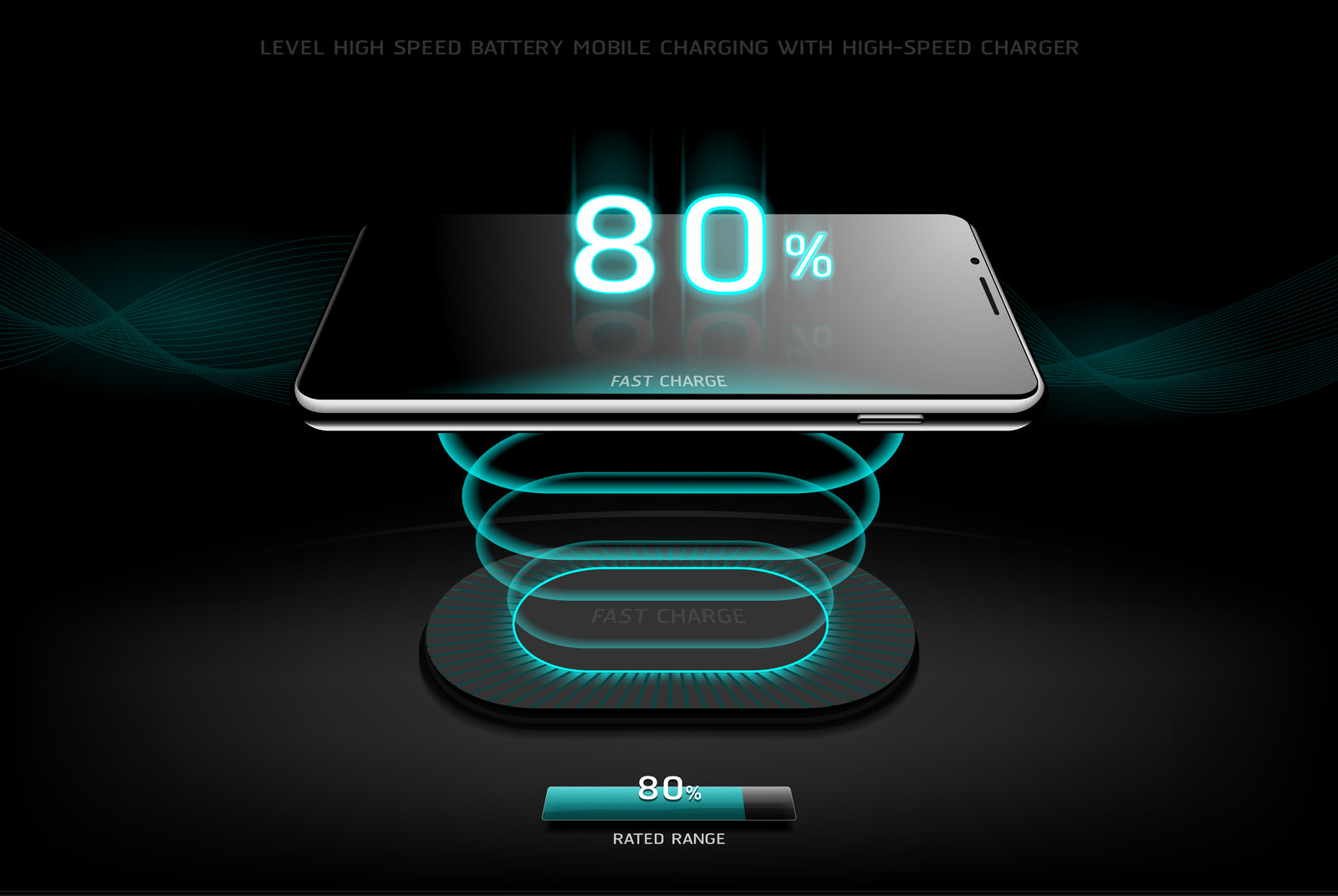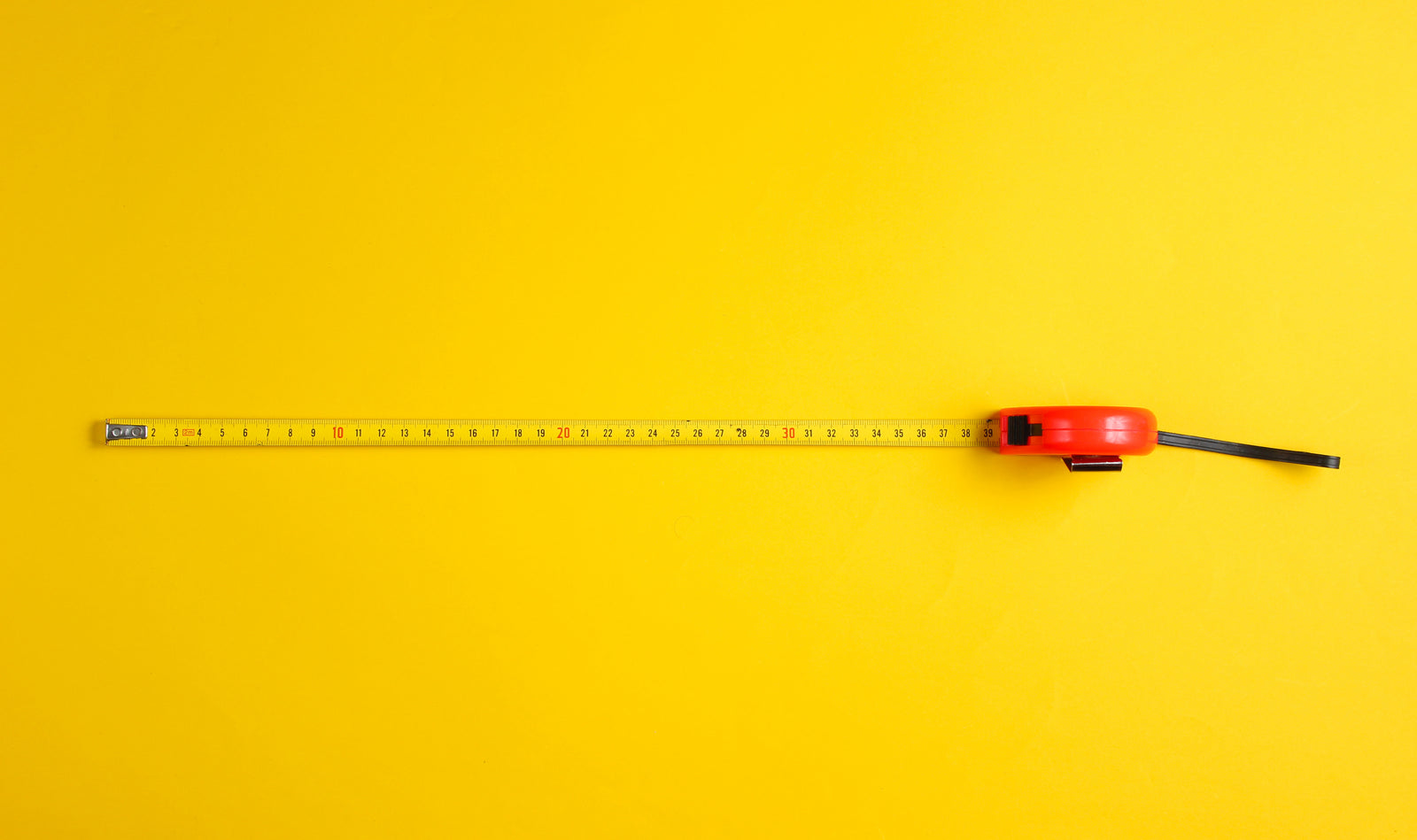
All About Qi
All About Qi
Discover the future of charging with under-table wireless chargers. Explore long-range charging solutions that promise convenience and speed, all while remaining discreetly hidden.
- acquire a desk qi charger
- Can wireless chargers penetrate all surfaces?
- clutter-free wireless chargers
- desk qi charger
- Do powerbanks support wireless charging?
- FAQs about long distance wireless charging
- in-desk wireless charger
- Invest in a portable power bank with wireless charging capabilities
- Investing in a hidden wireless charger
- long distance charging explained
- Qi charger
- reliable wireless charger
- speed and compatibility with wireless charging
- the long distance wireless charger experience
- the pros and cons of wireless chargers
- through desk wireless charger
- through desk wireless charging
- under desk wireless charger
- understanding long distance wireless charging
- universal compatibility in wireless chargers
- using a concealed charger for all your charging needs
- Why invest in a hidden wireless charger
- why invisible wireless charging
- wireless charging and portable power banks
- your average desk Qi charger
- 04 October, 2023
- 2 min read
Discover the future of charging with invisible wireless chargers. Explore undermount, under-desk, and concealed charging solutions that promise convenience and aesthetics.
- acquire a desk qi charger
- Can wireless chargers penetrate all surfaces?
- clutter-free wireless chargers
- desk qi charger
- Do powerbanks support wireless charging?
- FAQs about long distance wireless charging
- in-desk wireless charger
- Invest in a portable power bank with wireless charging capabilities
- Investing in a hidden wireless charger
- long distance charging explained
- Qi charger
- reliable wireless charger
- speed and compatibility with wireless charging
- the long distance wireless charger experience
- the pros and cons of wireless chargers
- through desk wireless charger
- through desk wireless charging
- under desk wireless charger
- understanding long distance wireless charging
- universal compatibility in wireless chargers
- using a concealed charger for all your charging needs
- Why invest in a hidden wireless charger
- why invisible wireless charging
- wireless charging and portable power banks
- your average desk Qi charger
- 03 October, 2023
- 2 min read
Discover the latest innovations in wireless charging, from undermount chargers that hide beneath surfaces to long-distance chargers that free you from cords. Explore how invisible wireless chargers are transforming aesthetics while providing a clutter-free experience. Join us on a journey into the future of charging technology.
- acquire a desk qi charger
- Can wireless chargers penetrate all surfaces?
- clutter-free wireless chargers
- desk qi charger
- Do powerbanks support wireless charging?
- FAQs about long distance wireless charging
- in-desk wireless charger
- Invest in a portable power bank with wireless charging capabilities
- Investing in a hidden wireless charger
- long distance charging explained
- Qi charger
- reliable wireless charger
- speed and compatibility with wireless charging
- the long distance wireless charger experience
- the pros and cons of wireless chargers
- through desk wireless charger
- through desk wireless charging
- under desk wireless charger
- understanding long distance wireless charging
- universal compatibility in wireless chargers
- using a concealed charger for all your charging needs
- Why invest in a hidden wireless charger
- why invisible wireless charging
- wireless charging and portable power banks
- your average desk Qi charger
- 02 October, 2023
- 2 min read
Discover the future of charging with long-range wireless chargers. Explore their applications in new home construction, private aviation, offices, and more.
- acquire a desk qi charger
- Can wireless chargers penetrate all surfaces?
- clutter-free wireless chargers
- desk qi charger
- Do powerbanks support wireless charging?
- FAQs about long distance wireless charging
- in-desk wireless charger
- Invest in a portable power bank with wireless charging capabilities
- Investing in a hidden wireless charger
- long distance charging explained
- Qi charger
- reliable wireless charger
- speed and compatibility with wireless charging
- the long distance wireless charger experience
- the pros and cons of wireless chargers
- through desk wireless charger
- through desk wireless charging
- under desk wireless charger
- understanding long distance wireless charging
- universal compatibility in wireless chargers
- using a concealed charger for all your charging needs
- Why invest in a hidden wireless charger
- why invisible wireless charging
- wireless charging and portable power banks
- your average desk Qi charger
- 01 October, 2023
- 1 min read
Discover how invisible wireless chargers can revolutionize your office spaces, boosting efficiency and productivity.
- acquire a desk qi charger
- Can wireless chargers penetrate all surfaces?
- clutter-free wireless chargers
- desk qi charger
- Do powerbanks support wireless charging?
- FAQs about long distance wireless charging
- in-desk wireless charger
- Invest in a portable power bank with wireless charging capabilities
- Investing in a hidden wireless charger
- long distance charging explained
- Qi charger
- reliable wireless charger
- speed and compatibility with wireless charging
- the long distance wireless charger experience
- the pros and cons of wireless chargers
- through desk wireless charger
- through desk wireless charging
- under desk wireless charger
- understanding long distance wireless charging
- universal compatibility in wireless chargers
- using a concealed charger for all your charging needs
- Why invest in a hidden wireless charger
- why invisible wireless charging
- wireless charging and portable power banks
- your average desk Qi charger
- 29 September, 2023
- 1 min read
Discover the incredible world of invisible wireless charging and how it's changing the way we power our devices.
- acquire a desk qi charger
- Can wireless chargers penetrate all surfaces?
- clutter-free wireless chargers
- desk qi charger
- Do powerbanks support wireless charging?
- FAQs about long distance wireless charging
- in-desk wireless charger
- Invest in a portable power bank with wireless charging capabilities
- Investing in a hidden wireless charger
- long distance charging explained
- Qi charger
- reliable wireless charger
- speed and compatibility with wireless charging
- the long distance wireless charger experience
- the pros and cons of wireless chargers
- through desk wireless charger
- through desk wireless charging
- under desk wireless charger
- understanding long distance wireless charging
- universal compatibility in wireless chargers
- using a concealed charger for all your charging needs
- Why invest in a hidden wireless charger
- why invisible wireless charging
- wireless charging and portable power banks
- your average desk Qi charger
- 27 September, 2023
- 1 min read
This isn’t to say that you could realistically expect such distances from every wireless charger, but a good number of them seem to do the job.
- acquire a desk qi charger
- long distance charging explained
- the long distance wireless charger experience
- 01 November, 2021
- 3 min read
If we are to infer a realistic expectation from the technology based on what we’ve seen so far, we can safely assume that both can be expected by the end of next decade at the latest.
You can also find wireless charging technologies in household appliances, each with its own particularities and unique specs. While originally the need for wireless charging was for phones and tablets only, the advent of new Qi-based batteries made it so that they can nowadays be built into all kinds of devices and appliances.
Although wireless charging is generally considered more practical and convenient for a variety of reasons, the fact of the matter is that even when used at low intensity, they still tend to heat up quite a bit.
Wireless charging as we currently use and understand it operates according to some fairly basic standards. These standards may very well change going forward with the advent of new technologies, but for the time being, these are the standards most devices abide by.
Although the technology isn’t exactly new, many wonder about how exactly the technology works and whether it can actually penetrate certain objects. In other words, if you’re getting a through table wireless charger that promises to penetrate thick tabletops, can you expect it to actually deliver its penetrative charge on a consistent basis?












